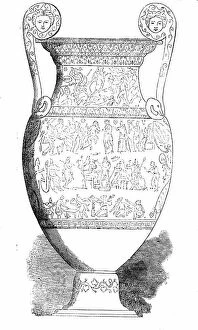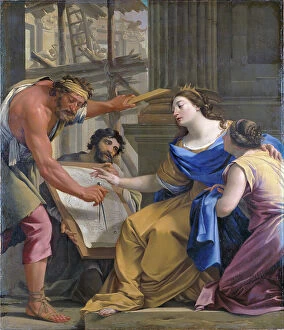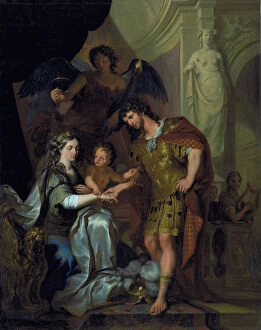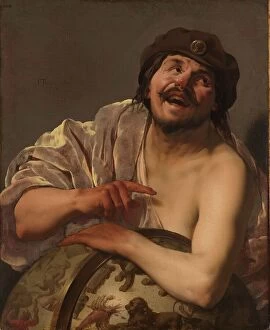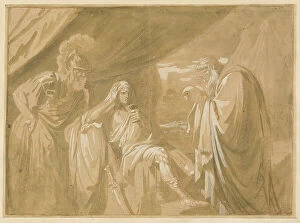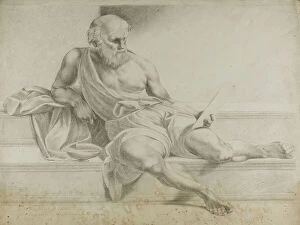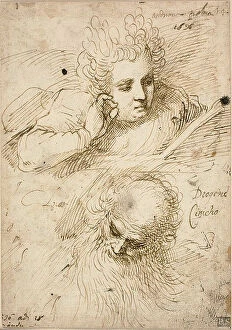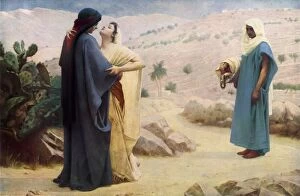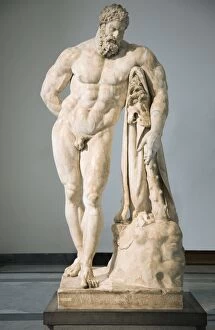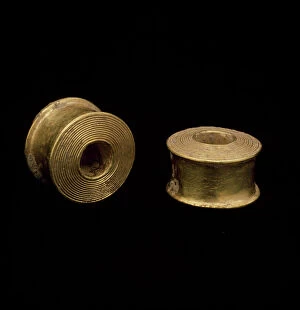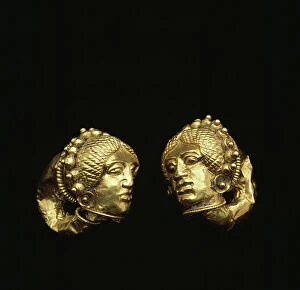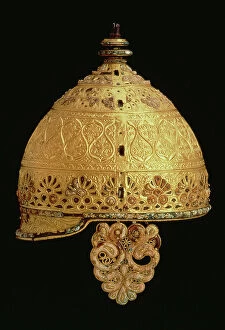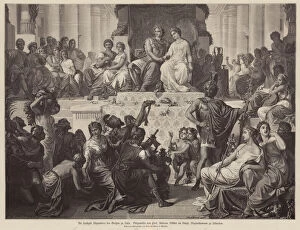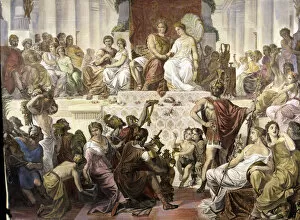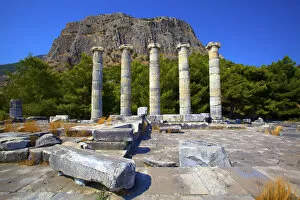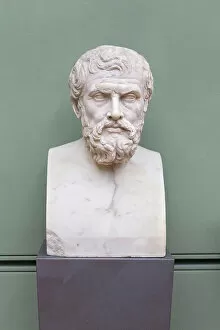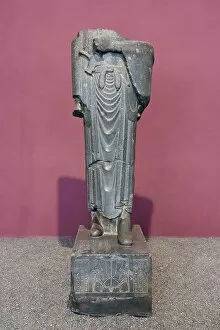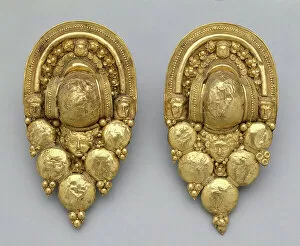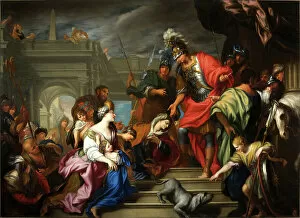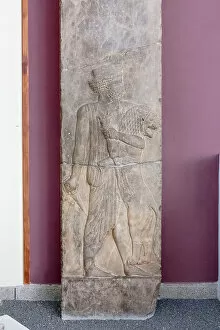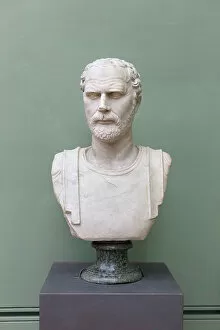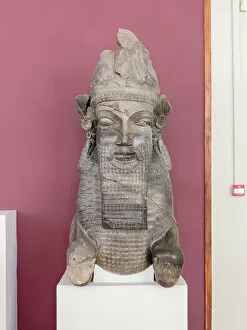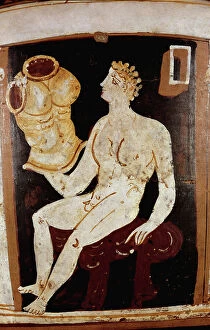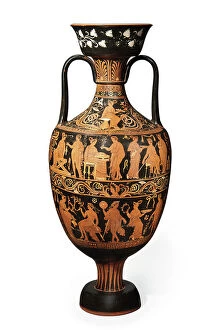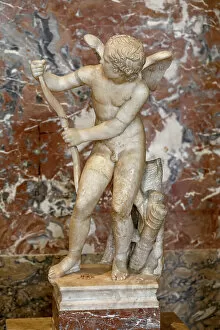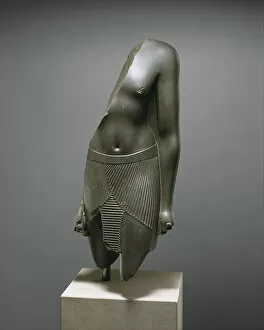4th Century Bc Collection (#6)
In the 4th century BC, a pivotal era in human history unfolded
For sale as Licensed Images
Choose your image, Select your licence and Download the media
In the 4th century BC, a pivotal era in human history unfolded. Philosophers Plato and Aristotle, known for their profound ideas and teachings, were at the forefront of intellectual discourse (PANC2A-00023). Meanwhile, Alexander's army was preparing to unleash destruction upon Persepolis, marking a significant turning point in ancient warfare (PANC2A-00033). Far away in Bulgaria's Central Mountains lies Kazanlak, where the interior of the replica Thracian Tomb stands as a testament to an ancient civilization's artistic prowess (PANC2A-00003). In another corner of the world, Asclepius, the god of healing and medicine, appeared before his devotees in a stunning votive marble relief (PANC2A-00037). The Battle of Arbela took place during this time period between Alexander the Great and Darius III. It forever altered political landscapes and solidified Alexander's legacy as one of history's greatest conquerors (Battle of Arbela between Alexander the Great) Across continents in Peru stood an enigmatic Chavin stele depicting a chieftain adorned with symbols that spoke volumes about their culture and beliefs (PERU: CHAVIN STELE) Pharos illuminated Alexandria with its majestic presence - an architectural marvel that guided sailors through treacherous waters for centuries to come (Pharos lighthouse) Lastly, from beneath Antikythera's sea depths emerged a bronze portrait head believed to be that of an esteemed philosopher from late 3rd century BC. Its discovery shed light on ancient thinkers' physical representations while leaving us yearning for more knowledge about their philosophies (Bronze Portrait Head found in sea of Antikythera) The 4th century BC was truly a time when civilizations clashed on battlefields but also flourished intellectually and artistically.

